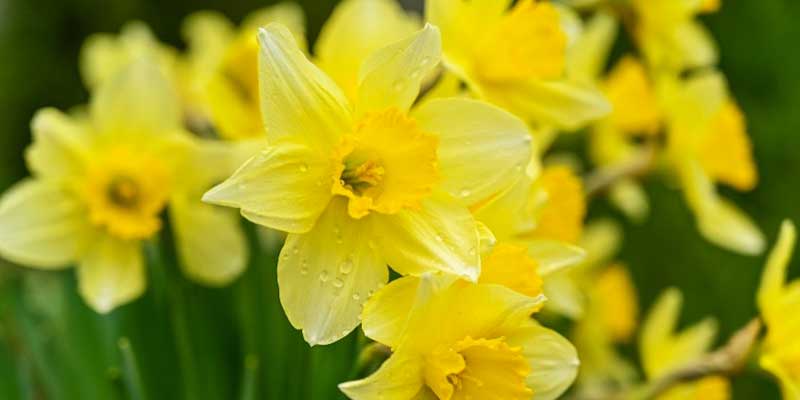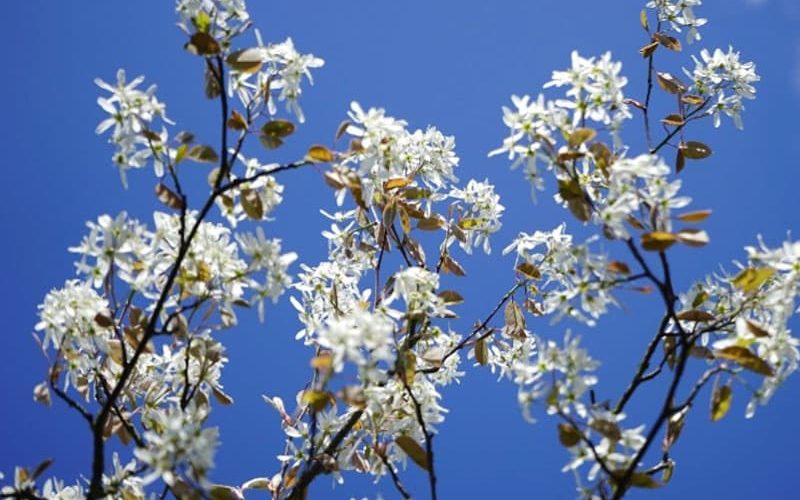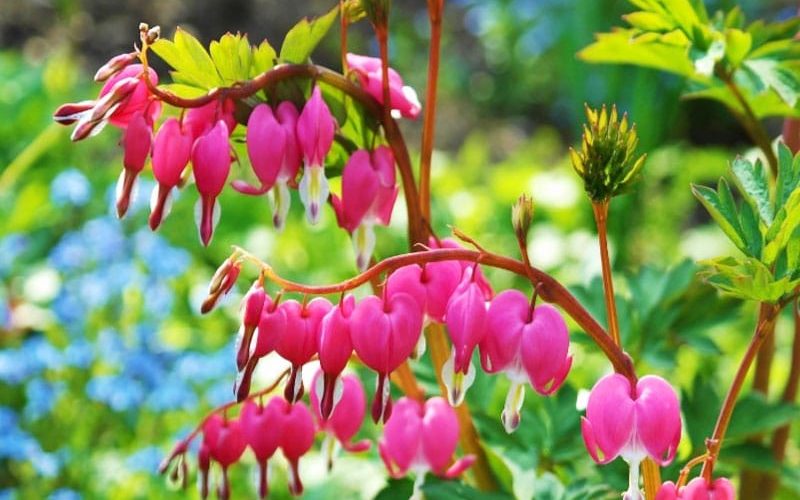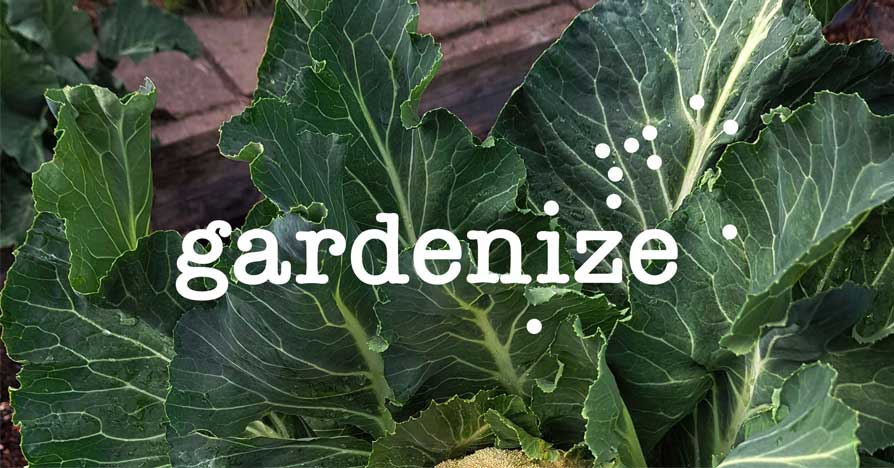PREPARING YOUR GARDEN FOR SPRING
It may be nearly the end of the year, but this is the time to be thinking about preparing your garden for the Spring. Preparing your garden could mean getting your soil ready for planting or sowing, and it could also mean planting the bulbs, trees, shrubs and hardy perennials that bloom in the Spring – or both.

Preparing the ground
It’s a good idea to cover up any bare soil over winter, as harsh weather can leach valuable nutrients from the soil. This can be done by:
- Sowing a cover crop, such as green manure
- Mulching with manure, compost, leaf mould or even fallen leaves
- Covering with cardboard, weighted down to stop it from blowing away.
- Covering with sheets of black plastic (also weighted down)
You can also cut off and dispose of any dead growth on herbaceous perennials and mulch around them as protection against the cold.
Bulbs
Although they’re dormant now, if you’ve made a note of any gaps in your borders (using the Gardenize app, of course!) you will know the areas to plant up with Spring flowering bulbs. These include daffodils, hyacinths, muscari, crocuses. Puschkinia, fritillarias and many more. The best time to plant tulips is in November, and snowdrops are best planted and divided when they are “in the green” i.e. after they have flowered. Bulbs can actually be planted well into December, but the trick is to get them in before the risk of frost so that they can start producing roots.
Three to six bulbs are suggested as a minimum number of summer bulbs of the same variety to plant in a grouping. Groups of bulbs of one colour planted together will have more impact and make the planting space look larger. Bulbs are normally planted at two – three times their depth with the “nose” or shoot facing upwards.
It’s a good idea to place a marker where you’ve planted bulbs, otherwise it’s very easy to forget where they are and to dig them up by mistake.

Amelanchier
Trees and Shrubs
Autumn is an ideal time to plant trees and shrubs, especially while they are dormant. Spring-flowering bulbs take advantage of the light that’s available to them before most of the deciduous trees are in leaf, by which time many of them have stopped flowering and have died back. However, there are a number of trees and shrubs that flower in the Spring and which provide colour and height for the garden. These are worth planting, not only because of the impact of their colour at this time of year, but also because many of them produce berries that attract birds and also offer colourful foliage in the Autumn.
Amongst these are: flowering dogwoods (Cornus Florida); crabapples; flowering quince (Chaenomeles speciosa) and amelanchiers. Other Spring flowering trees and shrubs include Forsythia, Ribes, Abeliophyllum and Magnolia – all worth growing to enhance the Spring colours of the bulbs that grow beneath them.
Many Spring flowering shrubs and trees offer fragrance, too: Winter honeysuckle (Lonicera Fragrantissima) and Viburnum Bodnantense are still in bloom at the beginning of Spring, whereas choisyas and lilacs flower later in the season.

Bleeding Heart (Lamprocapnos Spectablis)
Herbaceous Perennials
Many hardy perennials can be planted now – leave the less hardy ones until the Spring. Planting in Autumn gives them a chance to establish roots in the soil while it’s still warm, and Autumn rains should keep the soil moist. Perennials that bloom in the Spring include hellebores, primulas, forget-me-nots, wallflowers, pulmonaria, aqulegias and bleeding heart (formerly known as Dicentra spectabilis, now named Lamprocapnos spectabilis). The foliage of many of these will die back in winter, so, as is the case with bulbs, it’s a good idea to place a marker near to where you’ve planted them.

Planning the Garden
Finally, when you’re not preparing the soil and planting your bulbs, trees and perennials, try catching up on reading your gardening books and catalogues so that you know exactly what to do when Winter ends and Spring finally arrives. There is so much to do in the garden in Spring, and the more organised you can be, the better. Add your notes to Gardenize, as well as any photos you’ve taken of your garden or others that you would like to include for inspiration, and you will have a useful library of information to refer to whenever you need it.

ABOUT THE AUTHOR
Caroline Bowman has been hooked on gardening ever since she grew some thyme from seed and planted it in a window box when she lived in a flat in London. Fifty years later she is still hooked on gardening, but now she lives in Lincolnshire in England where they have quite a big suburban garden as well as an allotment, where they grow fruit and vegetables. Caroline loves flowering plants, in particular, herbaceous perennials and she likes finding out about the more unusual varieties that will do well in the English climate and soil.
GARDENIZE GARDEN APP
A gardening friend with a green thumb and photographic memory
Gardenize is an app for gardening and cultivation that helps you to overview, understand and develop your garden and your gardening skills.
Order makes it easier to succeed and Gardenize structures information and photos and makes it searchable for you. You also get tips and inspiration from other Gardenizers around the world.
Gardenize is free to use and you can download Gardenize from the App Store or Google Play, or create an account the Gardenize web app for web browsers.
Get to know Gardenize better here.



